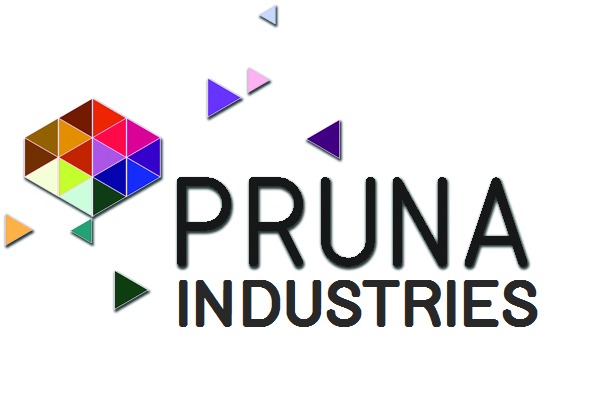Additive Manufacturing or Metal 3D printing
Metal 3D Printing is a laser-based technology that uses powdered metals. Similar to Laser Sintering, a high-powered laser selectively binds together particles on the powder bed while the machine distributes even layers of metallic powder.
Minimum wall thickness: 1 mm (standard grade) / 0.5 mm (performance grade and inconel)
In General How 3D printing works
You might have come across the term Metal 3D printing lately, and wondered how it works?
Well, it is the process by which components are manufactured by adding layers of metal on top of one another. 3D printing, in general, is a revolutionary technology which uses just the 3D CAD data of a component to create the physical component layer by layer.
Depending on the application, different materials such as thermoplastics, wax, sand and metal can be chosen as the raw material for 3d printing.
Primary Advantage:
3D printing of metals is a complex process compared to other materials as it involves advanced machines and higher temperatures. Components impossible to be manufactured through other methods such as machining and casting, can now are easily manufactured through Metal 3D printing.
There are a number of techniques through which metal can be 3D printed. Although fundamentally all the techniques add layers of metal, they differ in the way how each layer is printed and how the bonding is achieved. When planning to manufacture a part through Metal 3D printing, it becomes very important to have knowledge of each metal printing technique to understand its advantages and limitations.
Direct Metal Laser Sintering (DMLS):
Metal 3D printing using laser to melt a bed of uniformly laid powder is the most common and widely used technique. This process is known by different names such as Laser Powder Bed Fusion(LPBF), Selective Laser Melting(SLM), Direct Metal Printing(DMP) and Direct Metal Laser Melting(DMLM).
The 3D CAD model is imported onto data preparation software where the necessary support structures are provided and the entire model is sliced into number of layers. These slices have specific thickness ranging from 20microns to 100 microns and provide the necessary data for printing each layer.
Prior to printing, the whole build chamber is flooded with inert gas (argon/nitrogen) to minimize oxidation at elevated temperatures. Laser selectively melts the layer of metal powder which is uniformly spread on the build platform, thereby solidifying the melted powder instantly. Once this is done, the build platform moves down by a layer thickness and a new layer of powder is spread. Laser again prints this new layer during which the new layers bonds to the previous layer. The build platform again goes down and this process keeps repeating until the final layer is printed.
Post printing, the part is unloaded and depowdered to remove any trapped powder. The part undergoes heat treatment for improvement of mechanical properties. The part is then cut off from the build platform and the supports are removed. If required, machining is carried out to improve the dimensional tolerances.
Finally, the surface finish is improved by using methods such as vibro tumbling and shot blasting.
Advantages: High Repeatability with better dimensional tolerances and mechanical strength, Manufacturability of highly complex designs, Wide array of alloys to choose from.
Applications

3D Printed Nickel super Alloy Turbine Blade
Advantages of 3D printing of Turbine blades over conventional manufacturing:
- In 3D printing we can print with desired alloys and this is a more costly & time taking process in the conventional cast or forges and there after it needs to machine it to a blade shape.
- There is a plenty of freedom in design segment to develop the part in much easier way than a old conventional complex way.
- The material waste is almost eliminated in printing the blades but in the old conventional process you need to machine it which can tends to waste the exotic metals.
- The weight of the blades can be printed in a way that the dead weights can be eliminated by the design freedom provided by the technology.
- The worn-out or damaged blade can be printed instantly & can be installed without any down time.

3D-printed injector head for rocket launcher
Advantages of 3D printing of injector head for rockets over conventional manufacturing:
- 3D printing, particularly with metals, is increasingly being used in the manufacture of rockets. The technology is enabling engineers to innovate the design of rocket parts and manufacture them in a shorter time frame.
- An injector head is one of the core elements of a propulsion module, which forces the fuel mixture into the combustion chamber
- Traditionally, injector heads are made from dozens or even hundreds of parts, which need to be machined and welded together. In contrast, 3D printing enables these components to be manufactured as a single piece.
- While casting and machining used to take longer than three months, the production time with AM was reduced to 35 hours, an additional advantage included a cost reduction of 50%.
